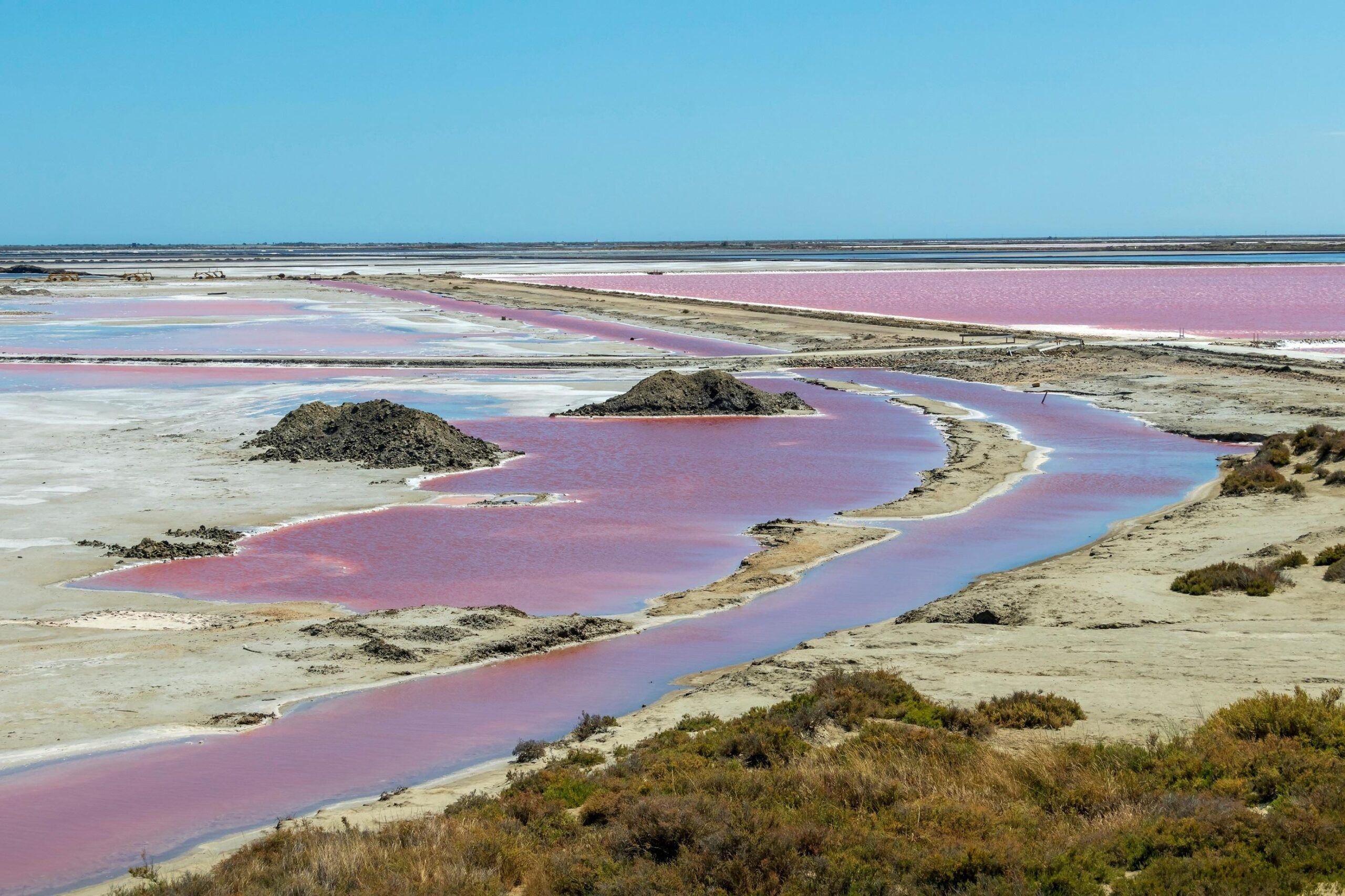
Camargue: The Wild and Beautiful French Destination You Can’t Miss
If you’re searching for a place that blends nature’s wonders with rich cultural history, Camargue is the answer. Together with Hotel Jardin De Neuilly, we’ll take you on a journey to explore one of France’s most unique and beautiful regions. From its wild white horses to its flamingo-filled wetlands, Camargue offers an unforgettable adventure for every traveler. Whether you’re an animal lover, a photography enthusiast, or someone looking for a peaceful getaway, Camargue delivers all that and more.
Located in the south of France, Camargue is a natural park that sits between the Mediterranean Sea and the Rhône River. Known for its biodiversity, this region is a paradise for those who want to experience the natural beauty of France in its rawest form. It is a destination that feels untouched, yet deeply connected to French history and tradition.
Where is Camargue?
-
Location: Camargue is located in the southern part of France, in the Bouches-du-Rhône department.
-
Proximity: It is about a 45-minute drive from the city of Marseille and is easily accessible from the popular coastal town of Saintes-Maries-de-la-Mer.
Camargue is well-connected by road and offers an idyllic escape from the more tourist-heavy regions of France. The scenic landscapes are a key feature of the region, and visitors will be treated to an incredible mix of coastal marshlands, salt flats, and sprawling fields.
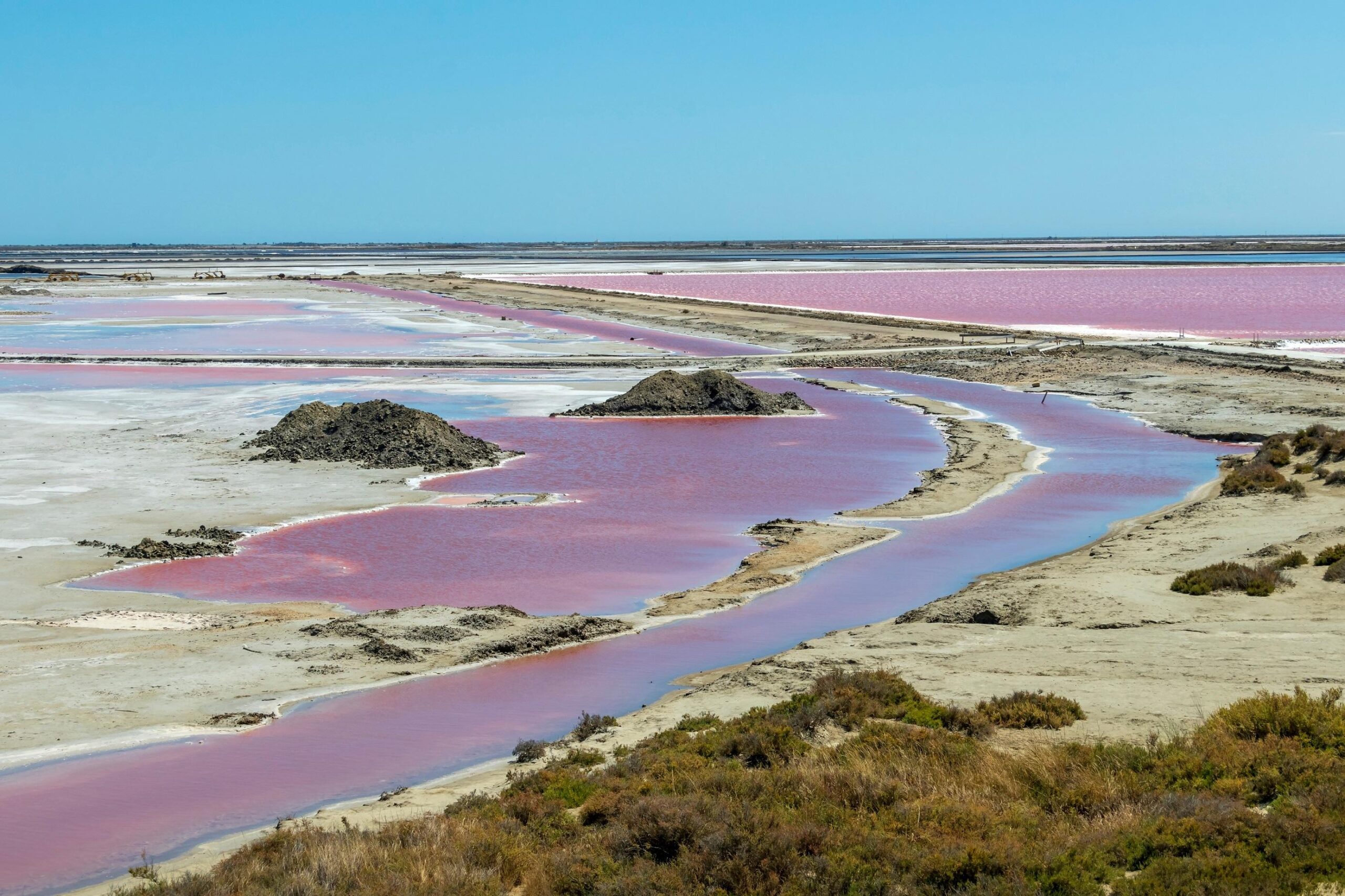
The Wild Horses of Camargue: A Symbol of Freedom and Beauty
One of the most iconic aspects of Camargue is its famous wild white horses. These horses are a symbol of the region, representing freedom and wildness in the face of nature’s forces. They roam freely across the marshlands and salt flats, adding to the untamed atmosphere of the region.
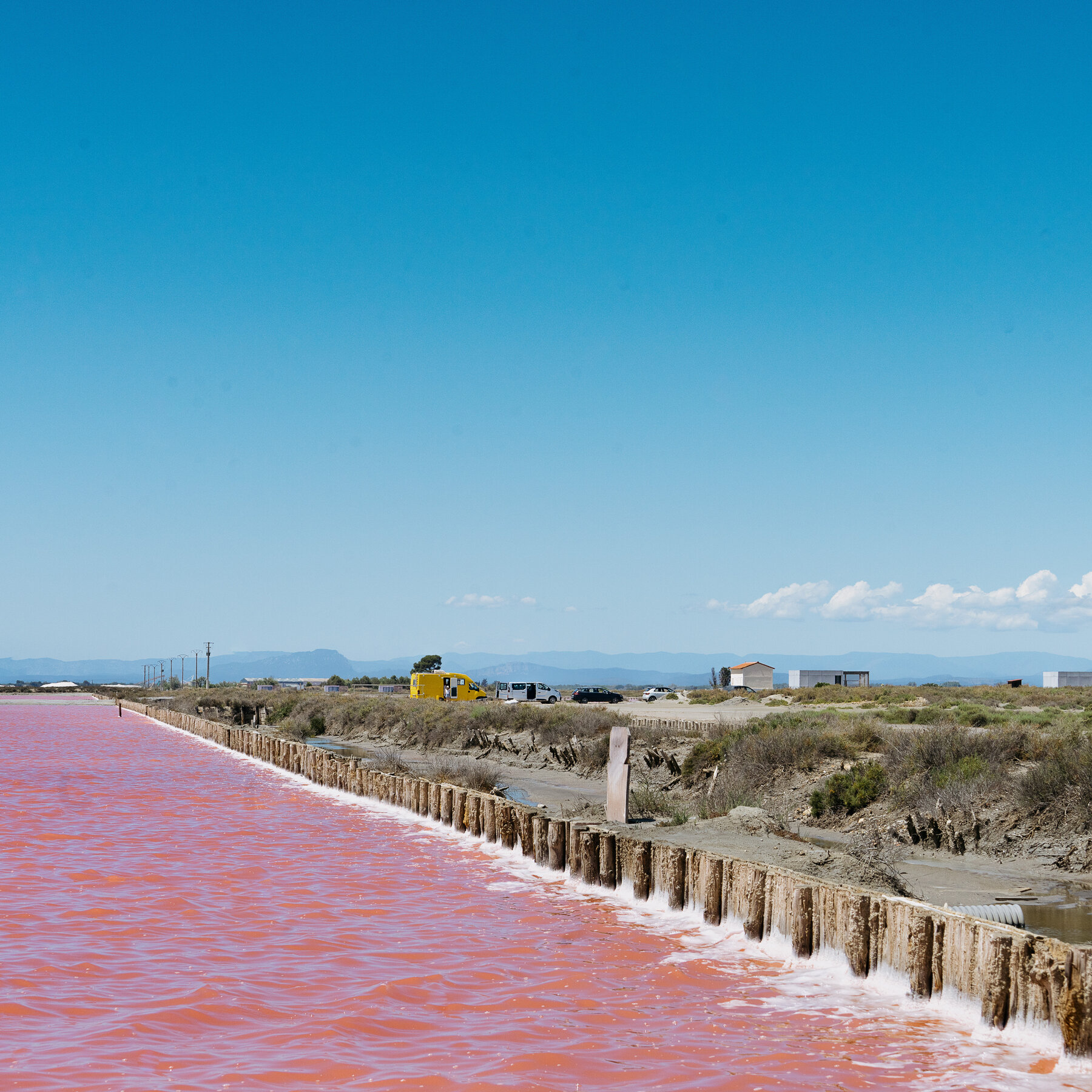
These majestic animals are deeply embedded in the culture of Camargue. For centuries, the horses have been bred by local farmers known as “guardians” and are still used for herding cattle today. Visitors can witness the horses in their natural environment or even take a horseback riding tour to experience the region from the saddle.
The Birds of Camargue: Flamingos and More
Camargue is also a haven for birdwatching, attracting species from all over Europe and beyond. The most famous of these birds is the pink flamingo, which can be seen wading in the shallow waters of the marshes. These stunning birds create a striking visual contrast against the lush greenery of the wetlands and are a photographer’s dream.
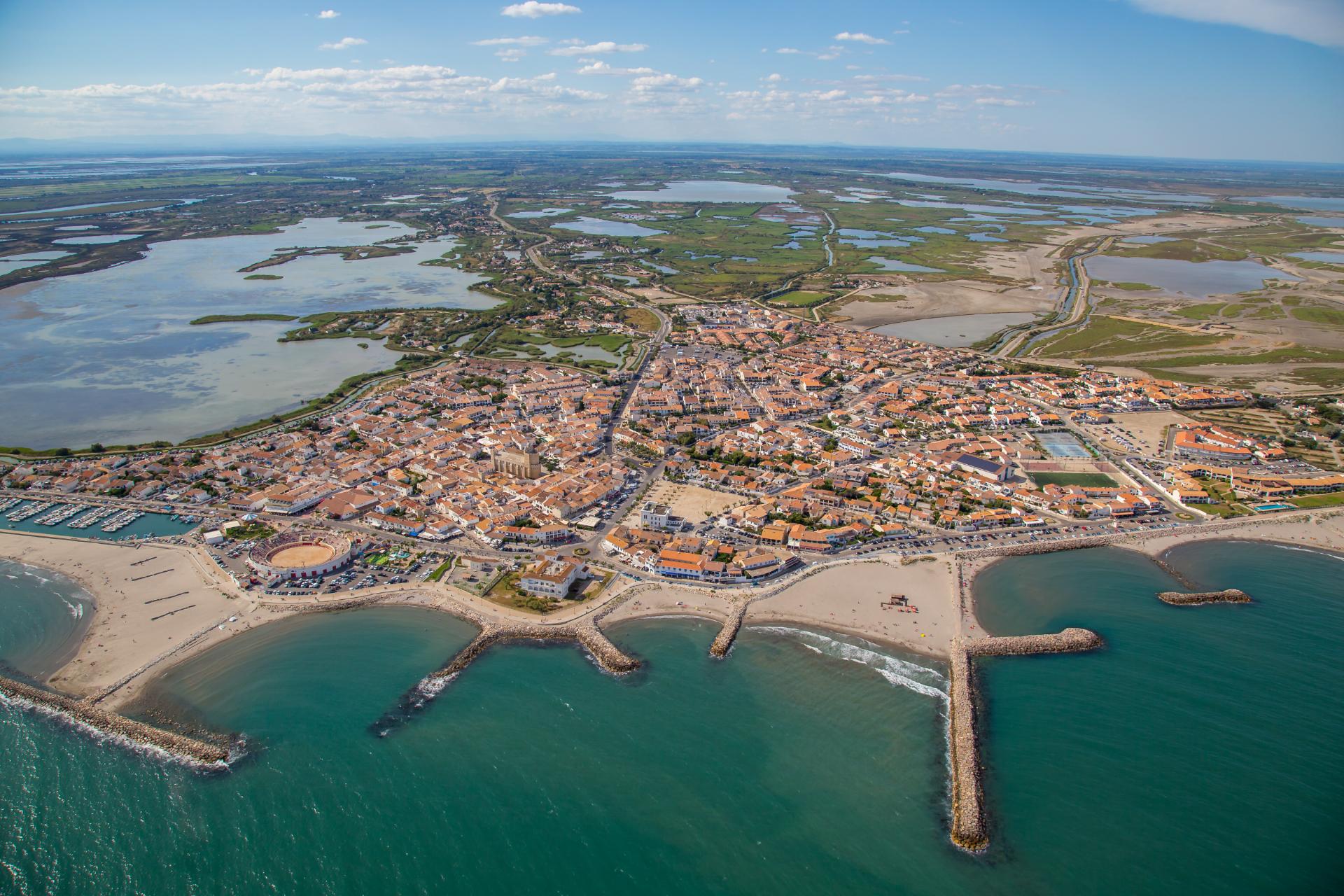
In addition to flamingos, the Camargue region is home to over 400 species of birds, including herons, egrets, and storks. The area’s protected wetlands make it an essential stop for any avid birdwatcher or nature lover.
Camargue’s Unique Flora: A Region of Contrast
The landscape of Camargue is as diverse as its wildlife. The region is home to both salt marshes and lush grasslands, each of which supports its own unique ecosystem. While much of the area is covered by shallow lakes and lagoons, you’ll also find vast fields of reeds, wildflowers, and beautiful coastal plants.
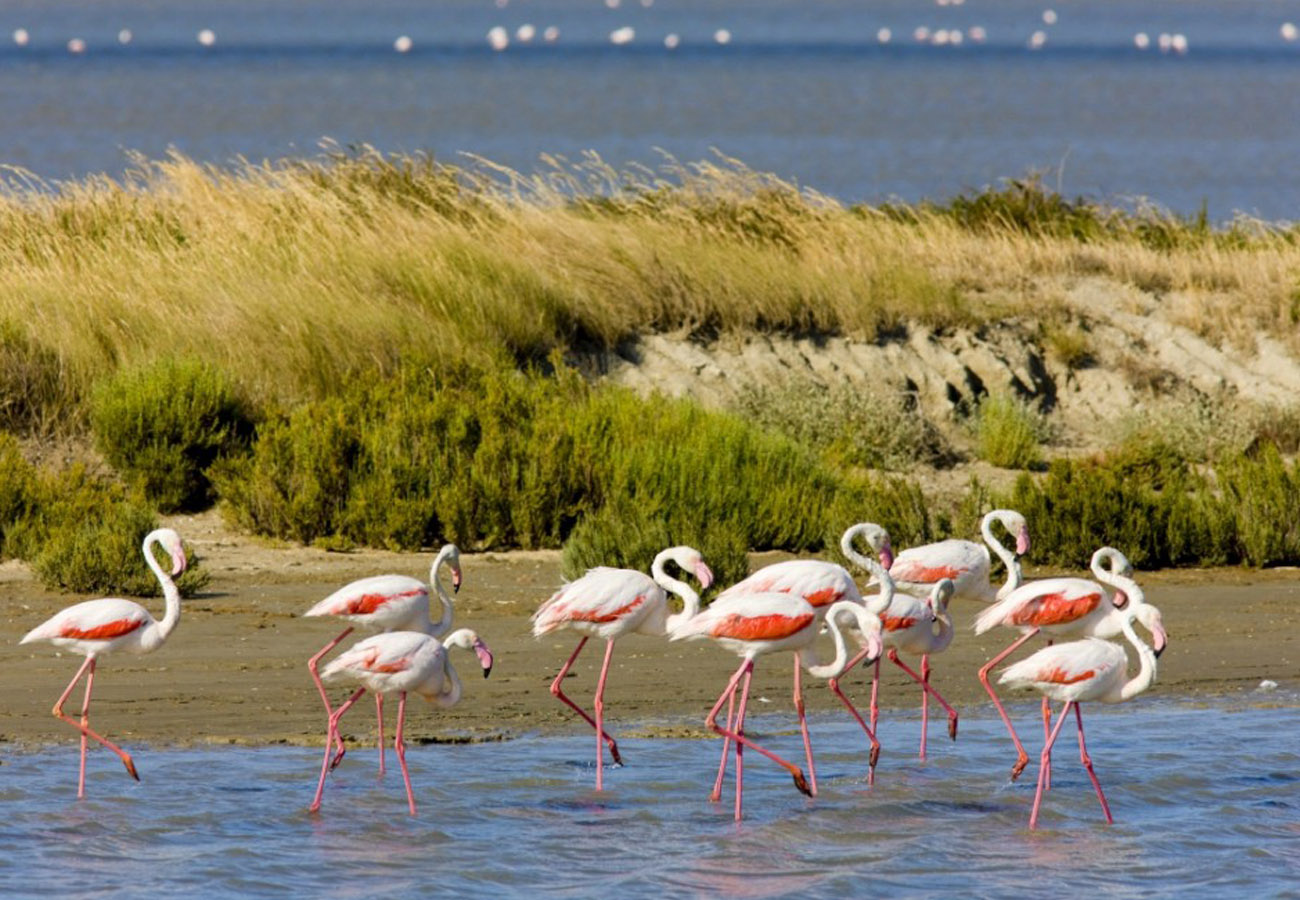
The contrast between the salty, harsh environment of the marshes and the verdant, fertile fields makes the region a photographer’s paradise. Walking through these diverse landscapes gives visitors a chance to see nature’s resilience up close.
The Culture of Camargue: Traditions and Heritage
Beyond its natural beauty, Camargue is also rich in culture and history. The region’s local traditions are deeply rooted in its farming and ranching lifestyle, with the famous Camargue bulls being central to the region’s identity. These black bulls are bred for bullfighting, a tradition that dates back centuries, though it has evolved over time to be a more cultural celebration than a bloody sport.
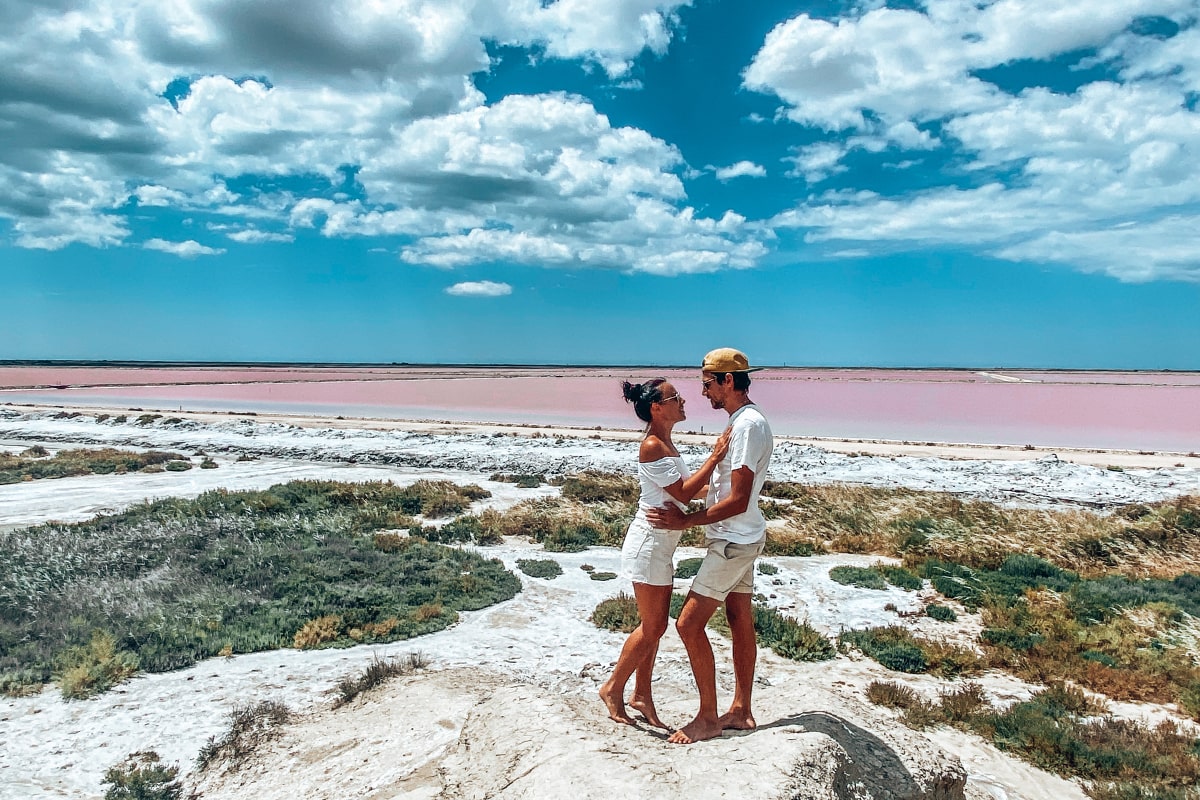
Visitors to Camargue can explore these traditions at local festivals, rodeos, and heritage events, where they can witness the traditional cowboy lifestyle of the guardians—the ranchers who work the land. The guardians are skilled riders who use horseback riding to manage the wild cattle, and their presence adds a unique, authentic touch to the experience.
Camargue’s Best Spots: Must-See Attractions
While the natural beauty and wildlife of Camargue are the main attractions, the region is also home to charming villages, beautiful beaches, and cultural landmarks. Here are some of the best spots to explore:
Saintes-Maries-de-la-Mer
This seaside town is the heart of Camargue, known for its vibrant streets, beautiful beaches, and historical significance. Saintes-Maries-de-la-Mer is a hub for both culture and relaxation. The town is named after the Saints Marys, who were believed to have arrived here by boat from Palestine.
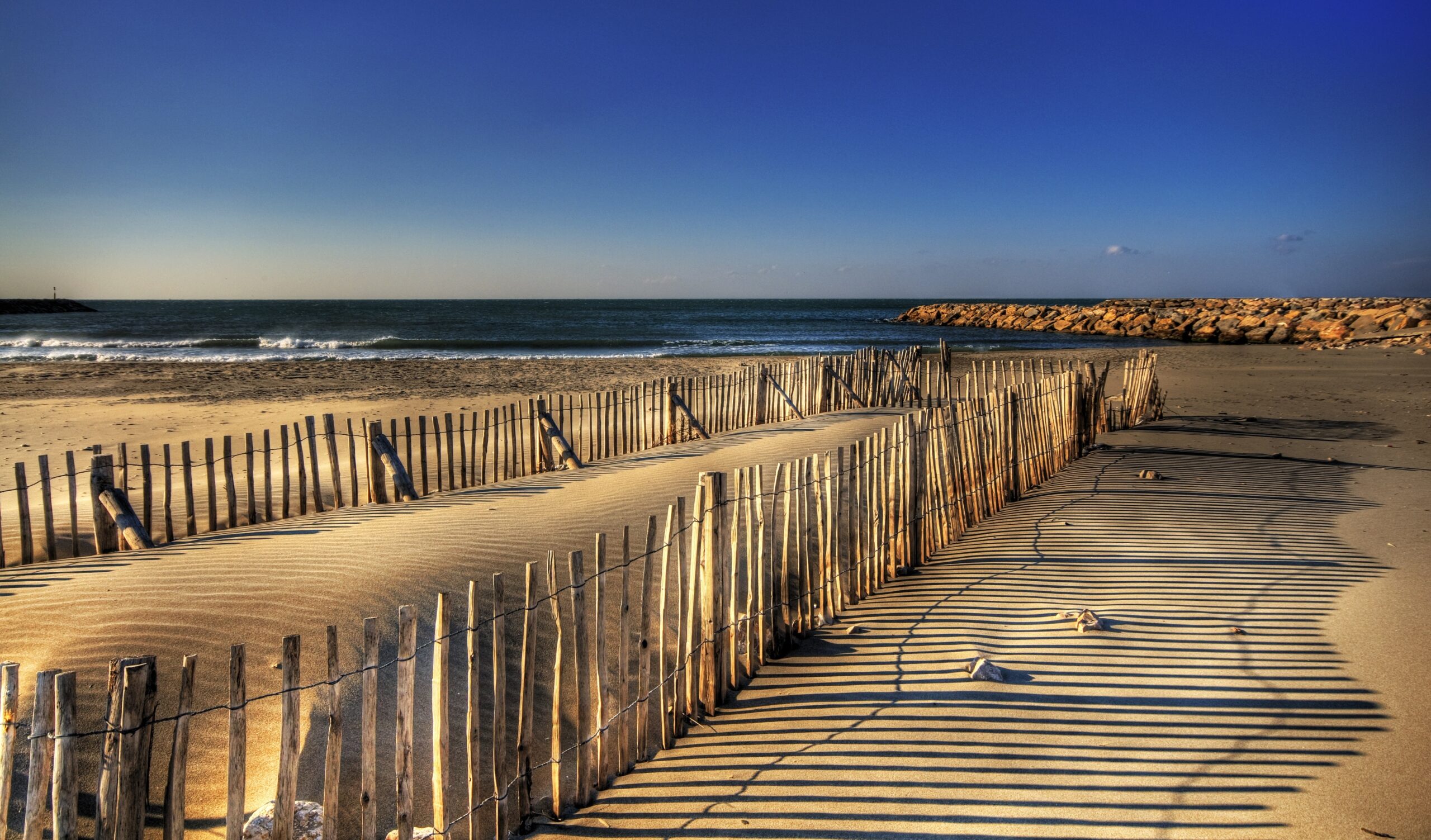
The town is also home to an impressive church, which hosts an annual pilgrimage that draws people from all over the world. The town is a great base for exploring the surrounding natural park and offers excellent opportunities for dining, shopping, and sightseeing.
The Pont de Gau Ornithological Park
This birdwatching paradise is a must-visit for anyone interested in seeing the diverse birdlife of Camargue. The park is home to a network of trails, allowing visitors to walk or bike through wetlands and marshes while observing the many species of birds that call the region home.
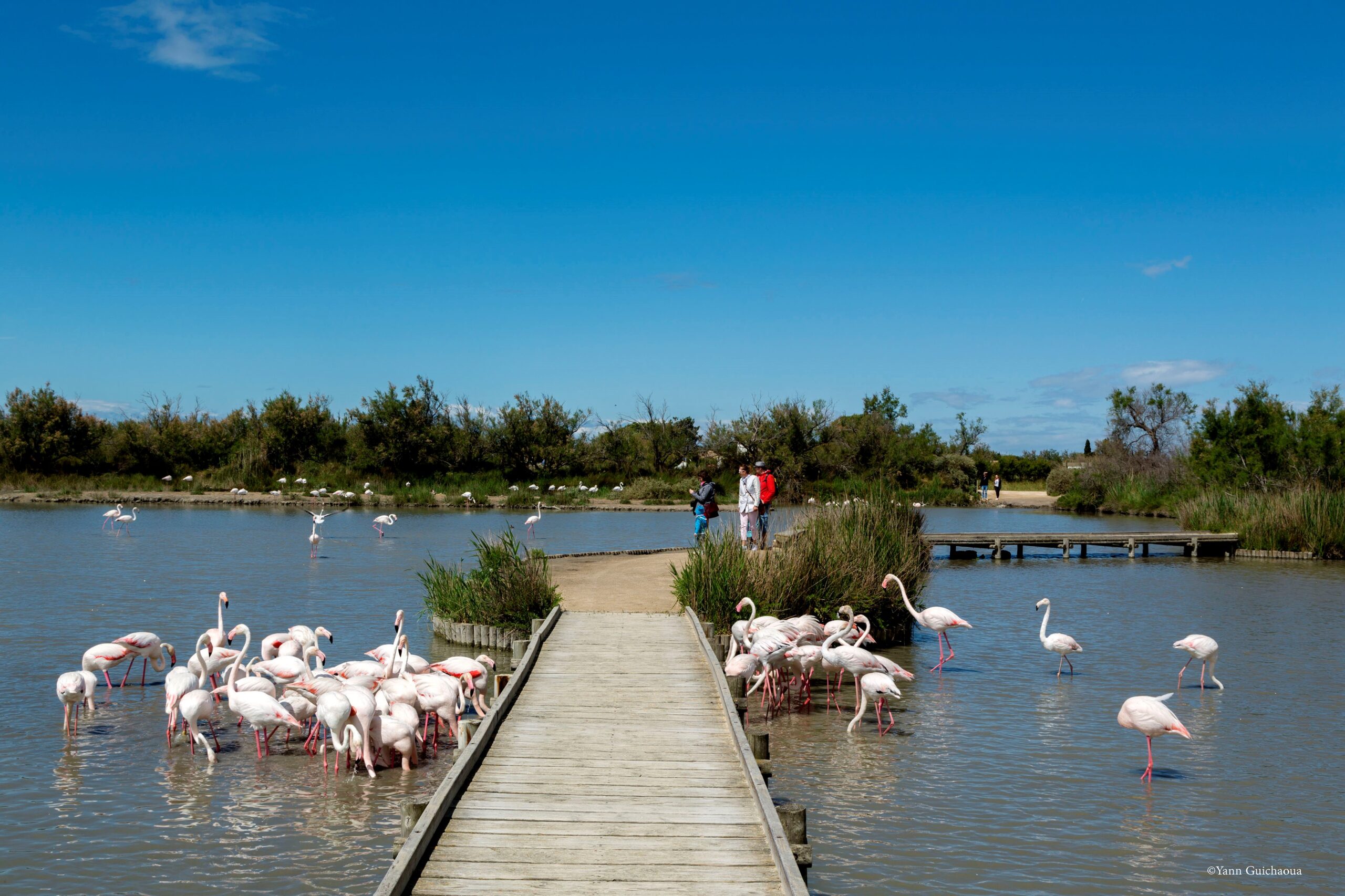
The Camargue Regional Nature Park
A visit to the Camargue Regional Nature Park is essential for anyone who wants to experience the region’s landscapes in full. The park covers over 150,000 hectares and is a designated UNESCO biosphere reserve. It is home to an incredible range of wildlife, plants, and natural wonders that make it one of the most ecologically significant areas in Europe.
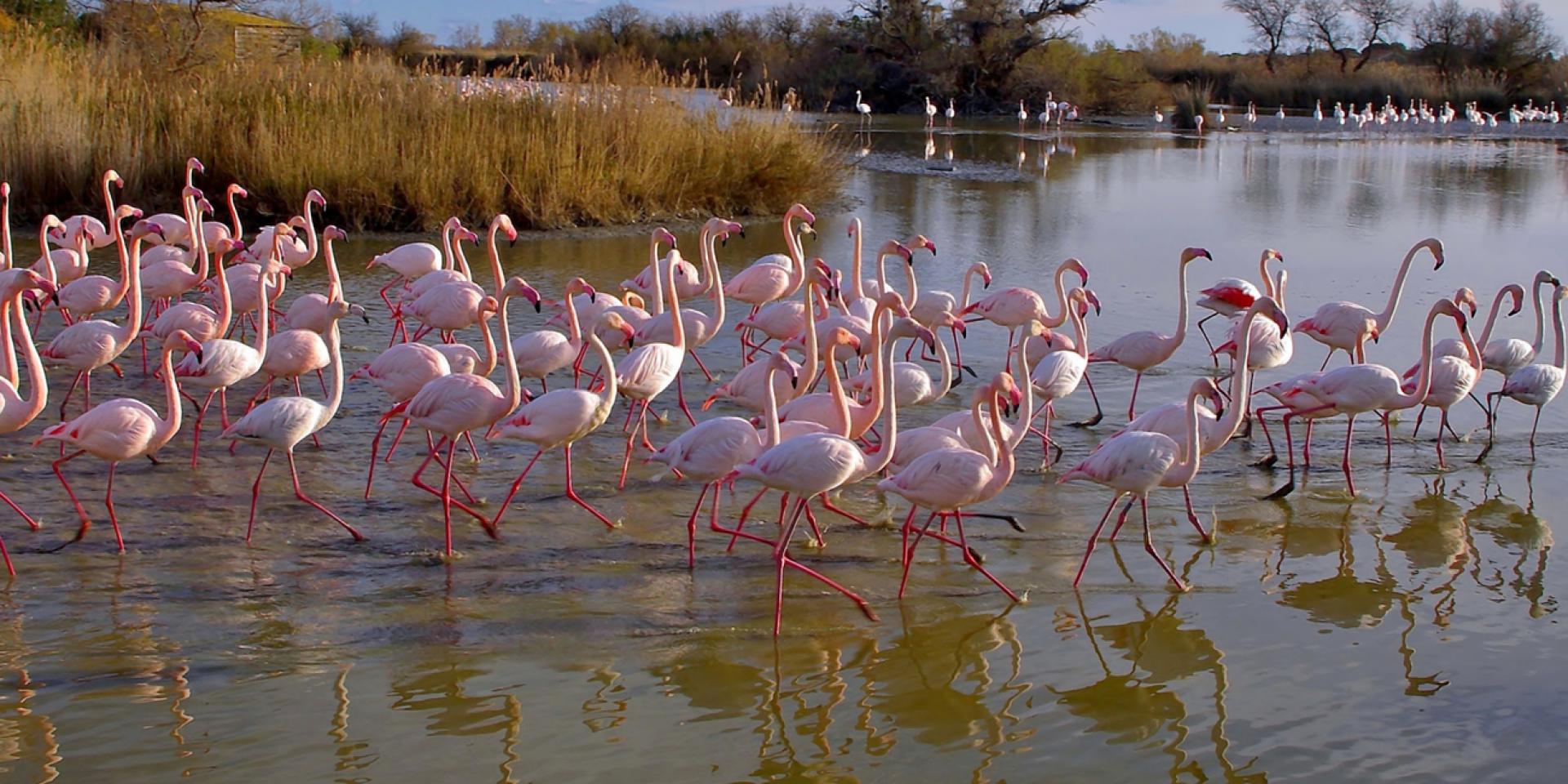
Activities in Camargue: Thrill-Seeker or Relaxer, It Has It All
Whether you prefer to stay active or relax in nature, Camargue offers a variety of activities for every type of traveler.
Horseback Riding Through the Marshes
For those looking for a unique experience, horseback riding through the wetlands of Camargue is a once-in-a-lifetime opportunity. Ride alongside the famous wild horses and explore the landscape from a completely different perspective.
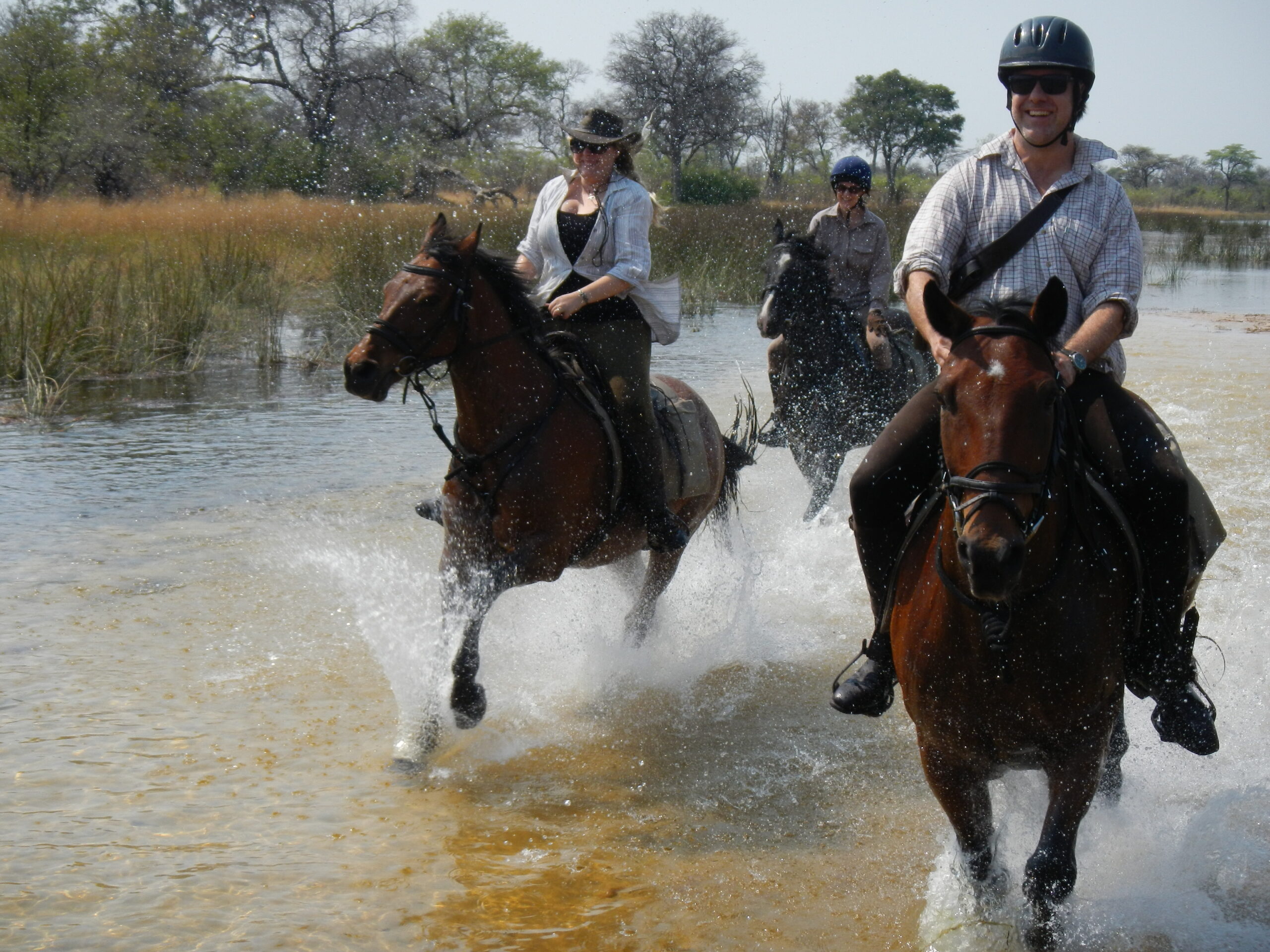
Cycling Around the Park
Cycling is another great way to explore Camargue’s vast natural parks and beautiful coastline. The region offers several cycling trails that take you through wetlands, beaches, and quaint villages.
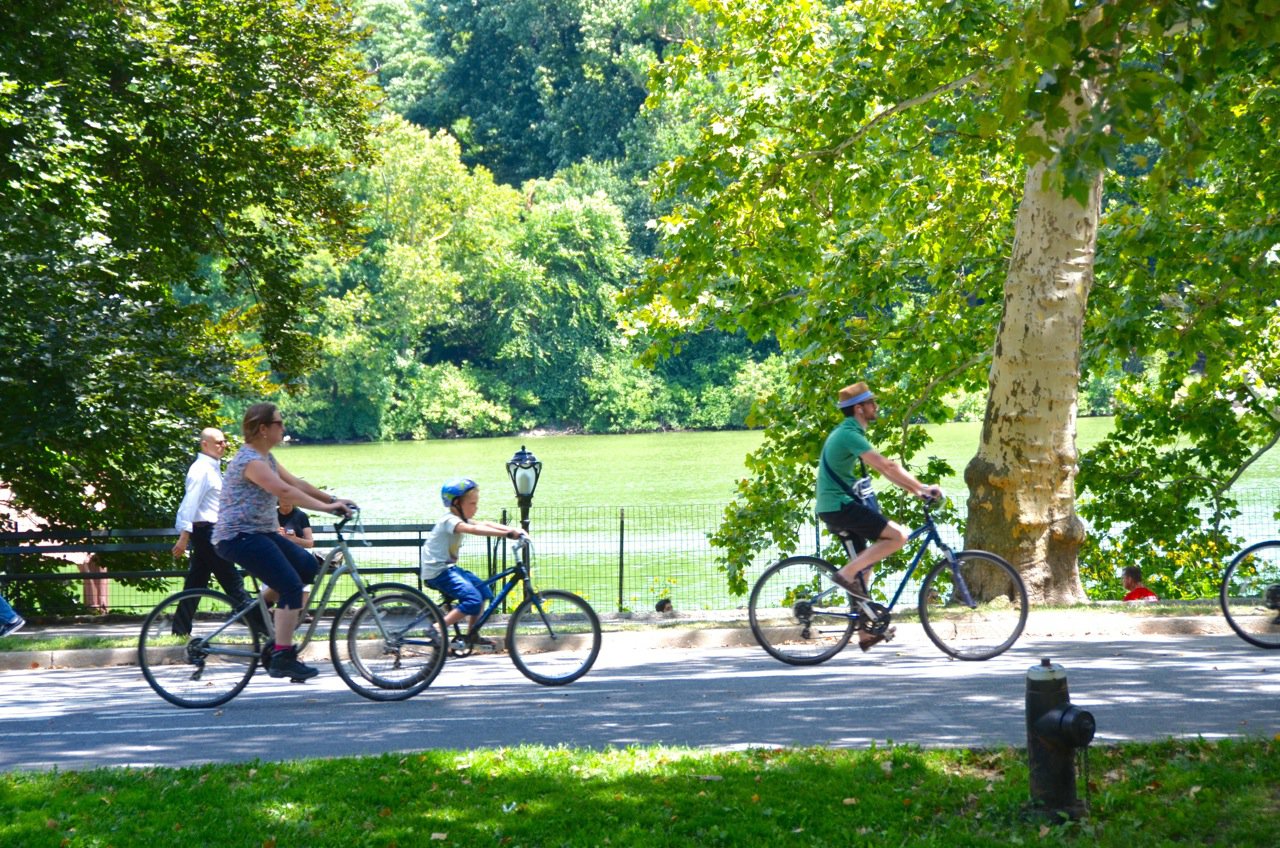
Relaxing on Camargue’s Beaches
If relaxation is more your style, you’ll find several stunning beaches along the Mediterranean coast. Whether you’re lounging in the sun or taking a refreshing dip in the sea, the beaches of Camargue are the perfect place to unwind after a day of exploration.
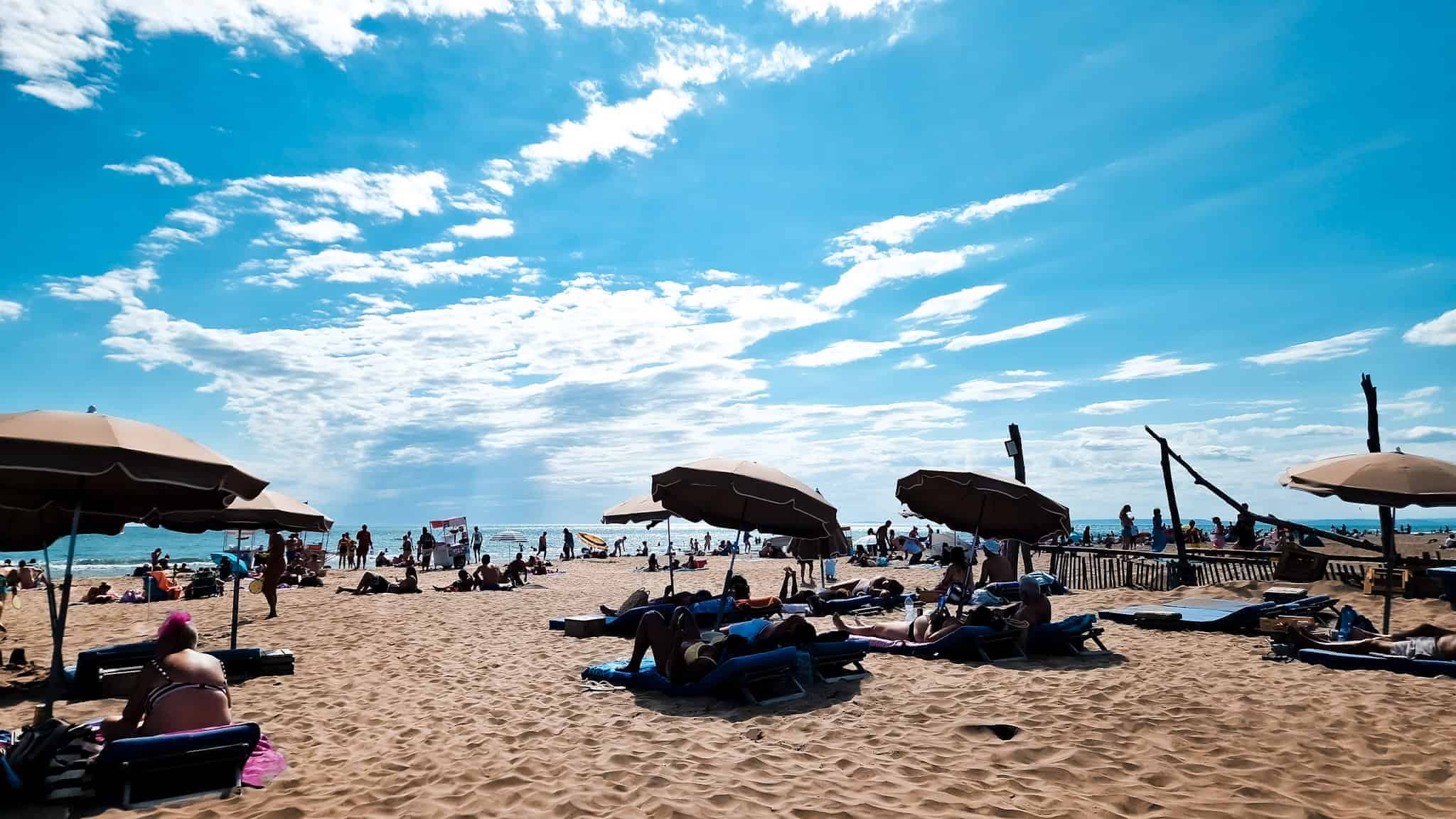
How to Get to Camargue
Camargue is easily accessible by car from several major cities in France. The closest airport is in Nîmes, about an hour’s drive away, but visitors can also fly into Marseille or Montpellier and take a train or bus to the region.
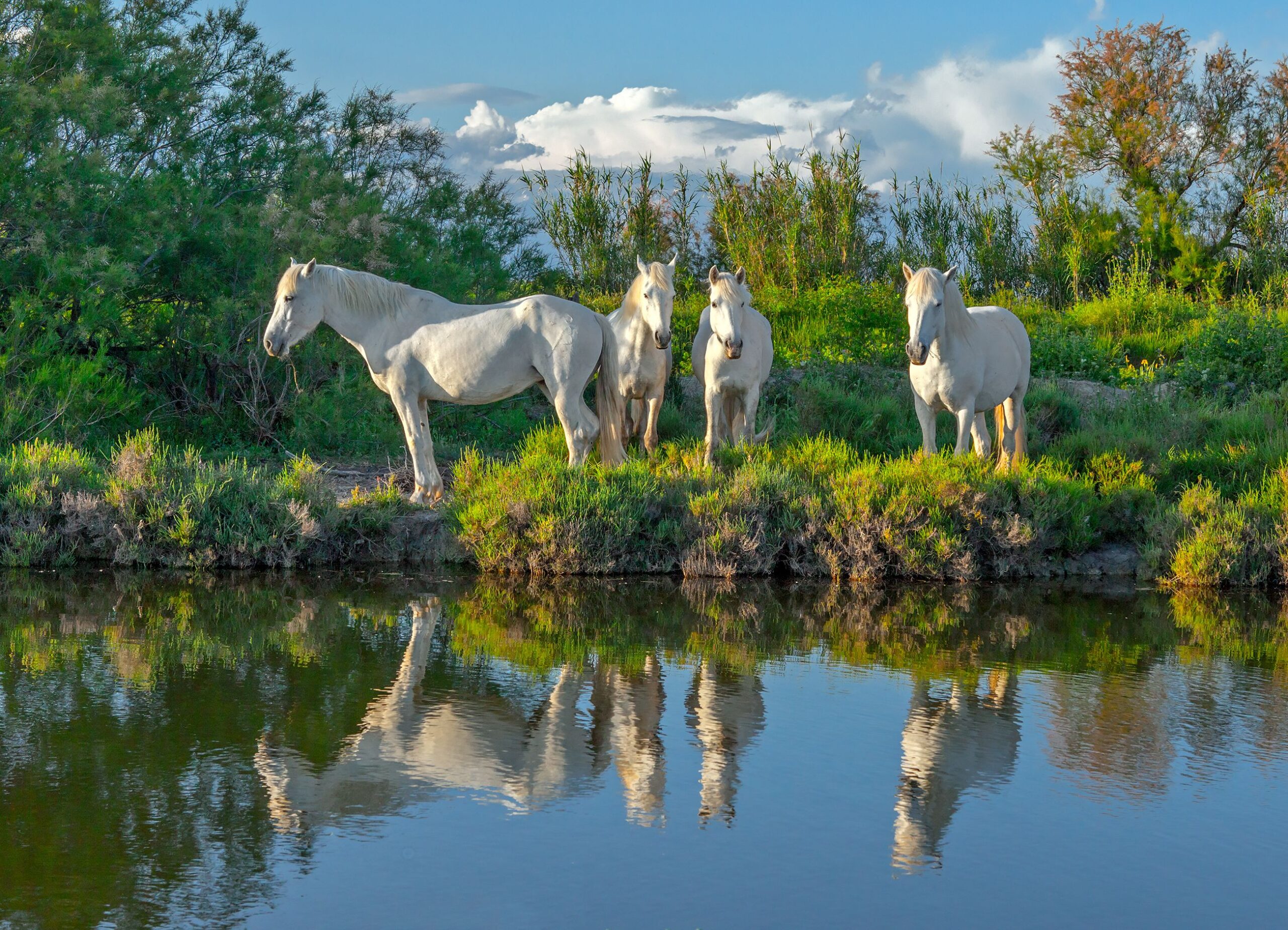
Driving in the region is the most flexible option, allowing you to explore the remote parts of the natural park and its surrounding villages at your own pace.
Camargue: An Unforgettable Escape
Whether you’re a nature lover, a history buff, or someone in search of unique experiences, Camargue offers everything you need for an unforgettable escape. From the wild horses to the flamingos, the beautiful landscapes, and the local traditions, Camargue is a place where you can immerse yourself in both nature and culture.
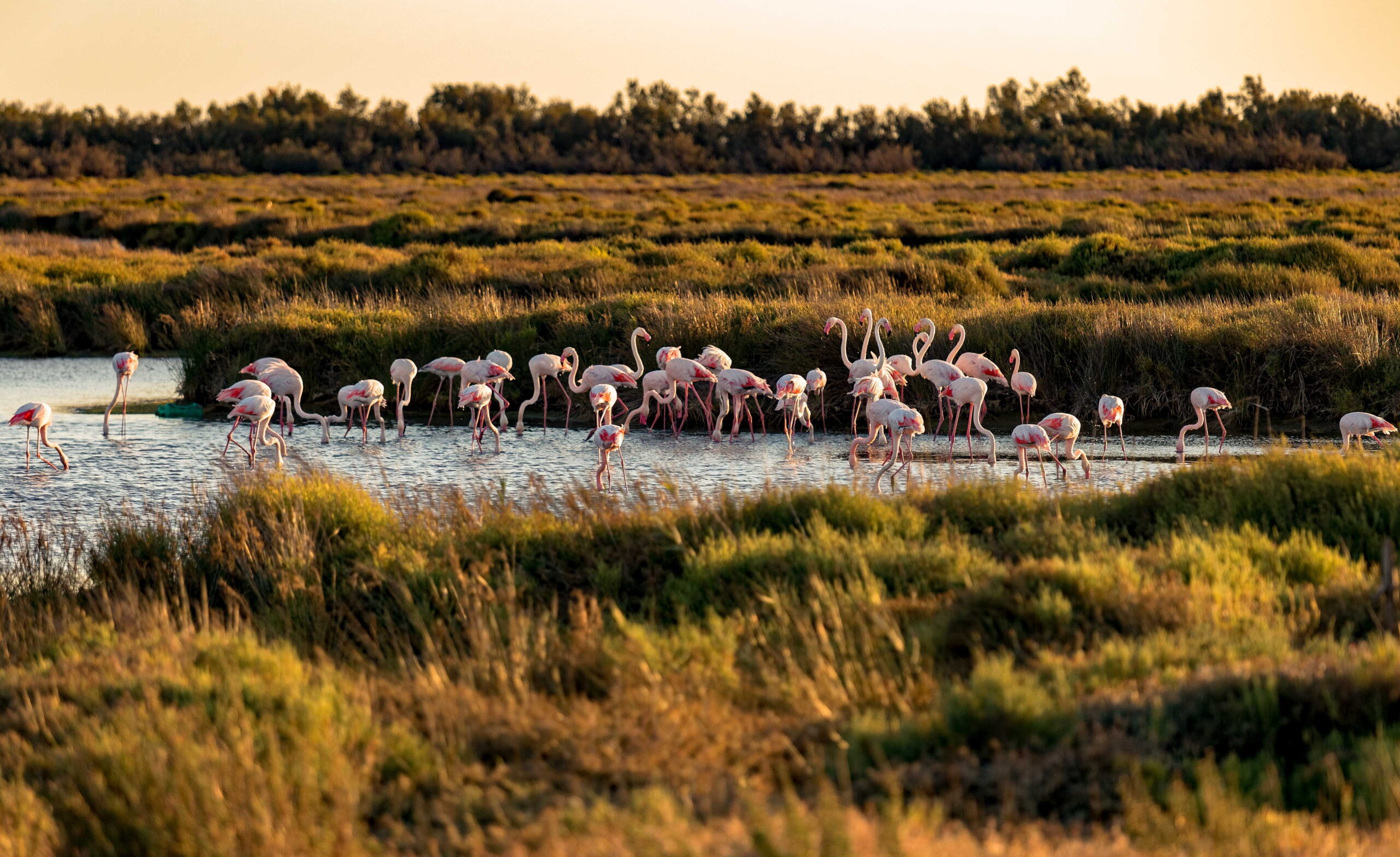
As you plan your visit, remember that Hotel Jardin De Neuilly can be the perfect starting point for your journey through this magical region. With its luxury amenities and excellent service, you’ll be able to enjoy a comfortable stay while exploring the wild beauty of Camargue.
Final Thoughts on Camargue
In conclusion, Camargue is one of the most diverse and stunning regions in France. It’s a place where nature, culture, and tradition come together in perfect harmony. Whether you’re looking to observe wildlife, immerse yourself in local traditions, or simply relax in beautiful surroundings, Camargue delivers on all fronts. With its easy access from major cities and its vast natural beauty, it should definitely be on your travel bucket list.